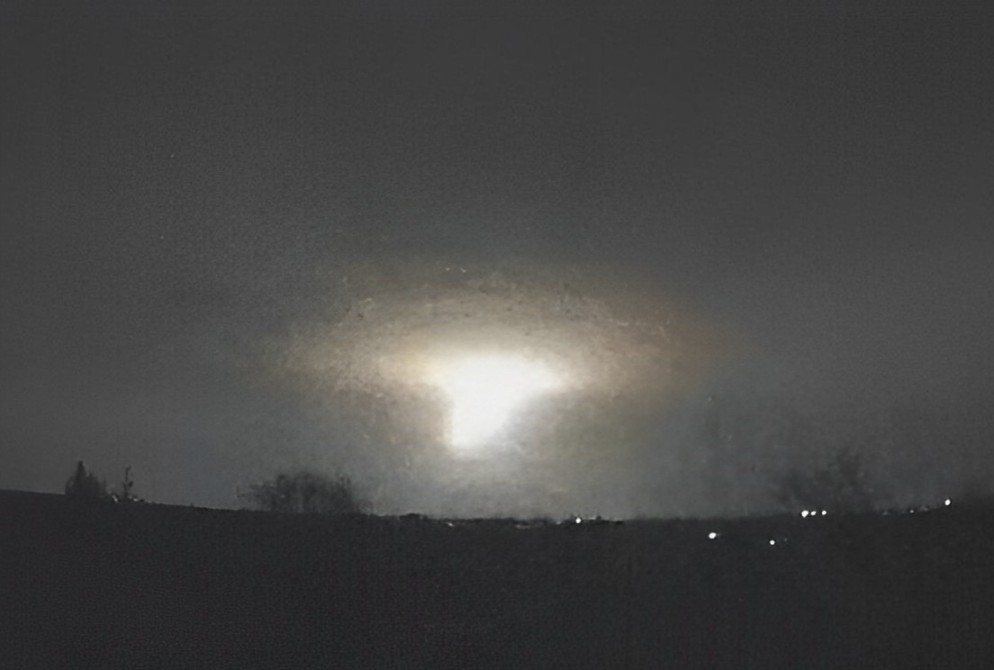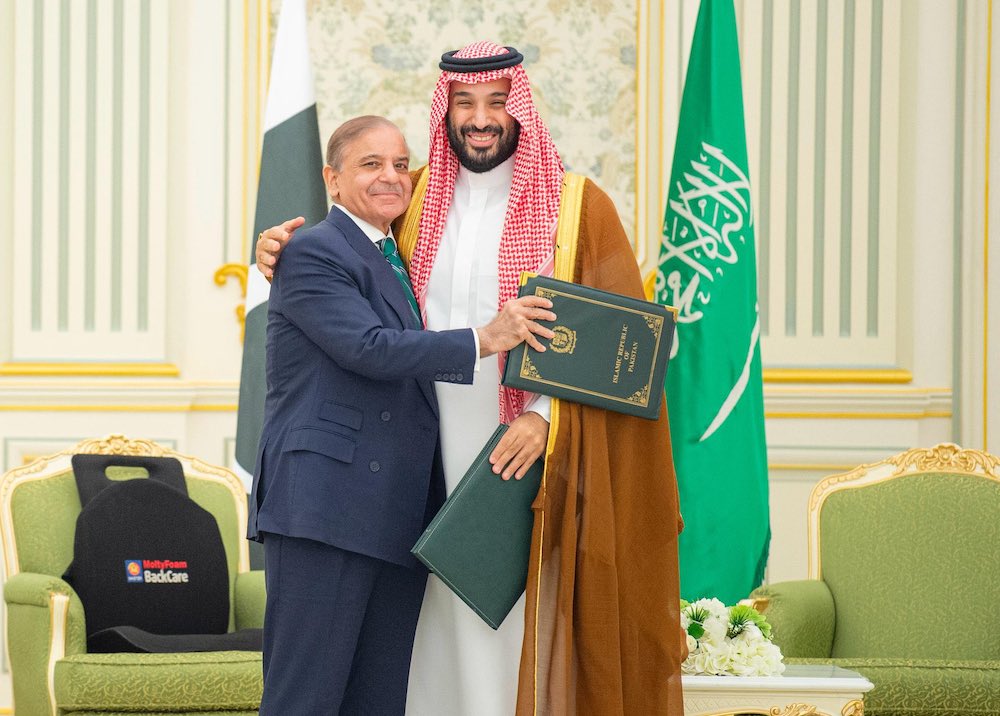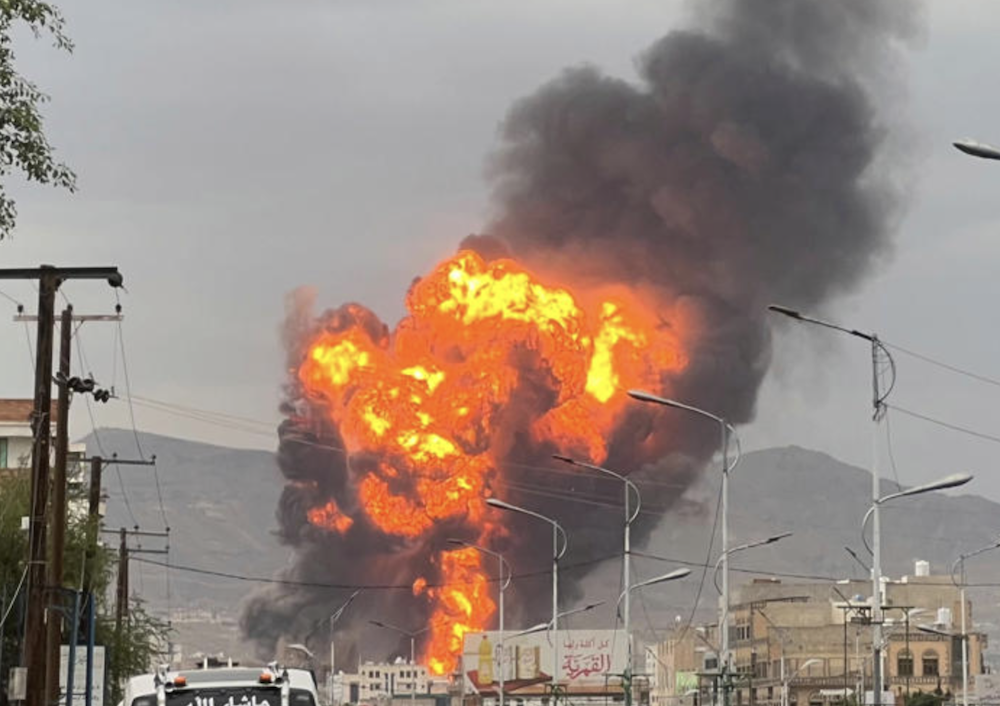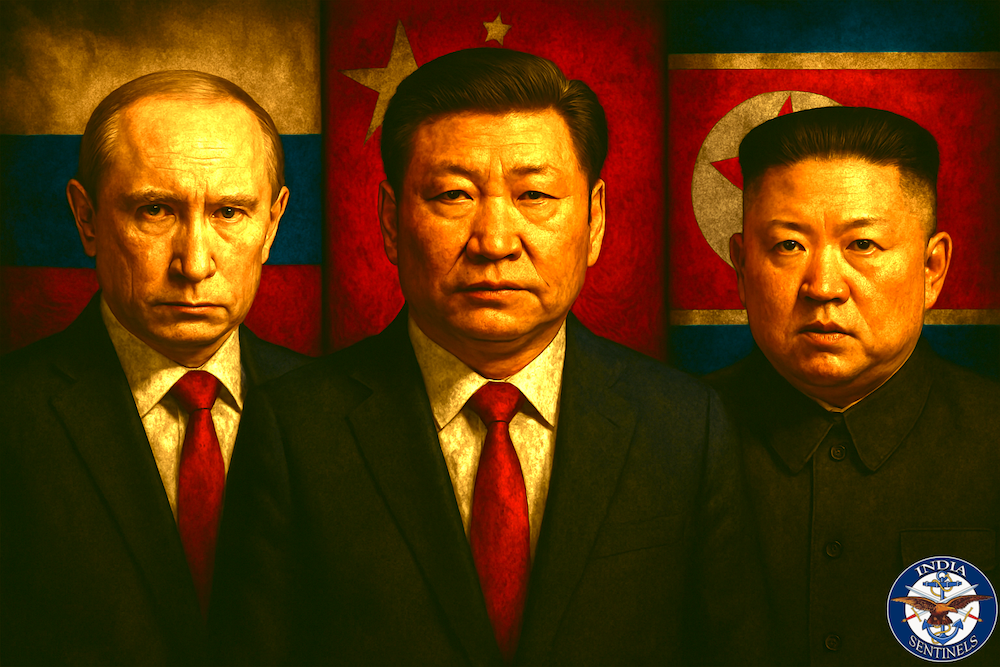 Screenshot of a CCTV footage showing one of the warheads of the Oreshnik missile piercing through the clouds before hitting a target in Dnipro, Ukraine.
Screenshot of a CCTV footage showing one of the warheads of the Oreshnik missile piercing through the clouds before hitting a target in Dnipro, Ukraine.
New Delhi: Russia launched a new type of missile at Dnipro city in Ukraine on Thursday, marking a significant escalation in the ongoing conflict. The Ukrainian air force reported that an experimental intermediate-range ballistic missile (IRBM), dubbed “Oreshnik” (Hazel), was fired from Russia’s Astrakhan region.
The attack resulted in damage to an industrial facility and a rehabilitation centre, injuring some people, according to local authorities.
According to western sources, the Oreshnik is based on the RS-26 Rubezh ICBM model and boasts a range sufficient to target all European cities from Russian territory. This missile launch is notable as it represents the first use of such a weapon in the Ukraine war, raising alarms about potential nuclear implications.
⚡️Meet Russia’s newest hypersonic ballistic missile - 'Hazel - striking a factory in Ukraine, as unveiled by Vladimir Putin
— RT_India (@RT_India_news) November 21, 2024
It is a non-nuclear medium range missile, capable of reaching Mach 10 - about 2.5-3 km per second.
The video was published by Deputy Chairman of the… pic.twitter.com/XhFPaNUtFg
The Oreshnik missile is believed to have a range of up to 5,500 kilometres and is capable of carrying multiple independently targetable reentry vehicles (MIRVs), which are typically associated with nuclear warheads. However, some experts, like former UN weapons inspector Scot Ritter, said it was not a MIRV in the “classic sense”, which hit distinctly separate targets, but an “area-saturation” weapon where multiple warheads from a single missile hit a single target.
Fabian Hoffmann, a defence expert, emphasized that while the missile is classified as an IRBM, its MIRV payload raises concerns about its nuclear potential. This is particularly alarming for Ukraine, as it marks the first deployment of nuclear-capable weapons in this conflict. The missile’s speed – reported to exceed Mach 11 – further complicates defence strategies for both Ukraine and its allies.
Experts are closely analysing the implications of Russia’s recent missile launch, particularly regarding the Oreshnik’s capabilities. Sabrina Singh, deputy Pentagon press secretary, confirmed that this missile represents a new lethal capability on the battlefield.
Analysts speculate that this launch serves multiple purposes for Russia: demonstrating military capability, responding to Western support for Ukraine, and reinforcing its nuclear deterrence posture. As tensions escalate, experts warn that such actions could provoke further military responses from Nato and lead to increased instability in Europe.
Ukrainian officials and western analysts expressed concern that this development could signal a shift in Russia’s military strategy and escalate tensions further between Moscow and the west.
Putin’s Remarks on Oreshnik Missile
In a televised address following the missile launch, the Russian president, Vladimir Putin, described the Oreshnik missile as a medium-range hypersonic ballistic weapon capable of flying at speeds between 2.5 to 3 kilometres per second. He claimed there are currently no existing defence systems capable of intercepting such missiles.
⚡️WATCH: ?? President Putin’s full address on combat missile tests in response to NATO’s aggressive actions https://t.co/as0bP8aWPA pic.twitter.com/LLbMiCUS3Q
— Sputnik India (@Sputnik_India) November 21, 2024
Putin characterized the launch as a direct response to western military support for Ukraine, particularly following Ukraine’s recent strikes using US-made long-range weapons against Russian targets. He argued that Nato’s actions have escalated the conflict into a global issue and asserted that Russia would continue to develop its missile capabilities in response to perceived threats from the west.
The Russian leader also criticized the US for unilaterally abandoning arms control treaties like the Intermediate-Range Nuclear Forces Treaty (INF) and stated that future deployments of intermediate-range missiles would depend on western actions. This rhetoric underscores Russia’s intent to maintain its strategic posture amid ongoing hostilities.
Analysts’ Perspectives on Moscow’s Intentions
Geopolitical and strategic analysts believe that Russia’s use of the Oreshnik missile serves not only military objectives but also broader political goals. By deploying an experimental IRBM against Ukraine, Moscow aims to demonstrate its advanced military capabilities while sending a clear message to both Kyiv and its western allies regarding the consequences of continued support for Ukraine.
The timing of this escalation coincides with increased military assistance from western nations to Ukraine, including advanced weaponry capable of striking deep into Russian territory. Analysts suggest that this missile launch is part of a calculated strategy by Putin to deter further western involvement and assert Russia’s position in negotiations over future military engagements.
Moreover, experts highlight that while the Oreshnik missile showcases advanced technology, it does not fundamentally alter Russia’s overall strike capabilities or likelihood of using nuclear weapons. Instead, it reflects an ongoing effort by Moscow to leverage nuclear rhetoric as a means of political control and deterrence against Nato support for Ukraine.
Overall, analysts and observers believe this missile launch reflects a strategic move by Moscow amid escalating tensions with Nato and aims to deter further military assistance to Ukraine while reinforcing Russia’s deterrence posture globally.










